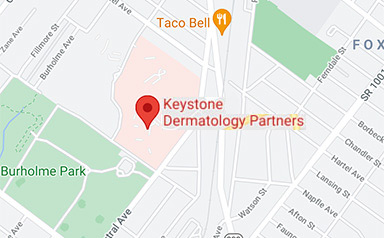Is Bigger Always Better?
When it comes to sunscreen, does a bigger (higher) SPF number mean its better than one with a smaller one? There has historically been some confusion about the SPF number required to achieve adequate protection from the sun. It has not always been clear if SPF 15 is enough or newer SPF 100+ lotions are preferable. The confusion seems to stem from a few factors.
First, the measure of protection from sunburns, SPF, does not have a linear relationship with UV exposure. That is, doubling an SPF number from 15 to 30 does not mean that twice as much UV radiation is blocked. Rather, the relationship between SPF and UV radiation is exponential. For example, SPF 15 blocks 93% of UVB radiation and SPF 30 blocks 97%. Doubling SPF blocks only an additional 4% of UVB radiation. In fact, switching to an SPF of 100 increases the protection by only 2 percentage points to 99%.
Second, for some time, the highest FDA rating for sunscreen has been 50+. In early 2019, the FDA proposed raising this number to 60+. While some sunscreens could effectively have SPFs of 100, they were limited by the FDA labeling rules to report SPF as 50+.
A recently published study in the Journal of American Academy of Dermatology (2020; 82: 869-77) reported benefits of using SPF 100+ sunscreen compared to SPF 50+ sunscreen. The higher strength sunscreen provided greater protection from sunburns during five days of consecutive sun exposure designed to simulate real-world vacation behavior. Even though the difference in percentage points of UVB radiation blocked is only 2% (from 97% to 99%), more than half (56%) of patients had more sunburn on the SPF 50+ side after five days compared to only 7% on the SPF 100+ side.
How come such a small difference in the percentage of UVB radiation protection translated into such a large difference in rates of sunburn? A big reason for this unexpected finding is that the way SPF is measured in the laboratory does not match how we usually apply sunscreen at the beach. The FDA recommends applying about a shot glass full (one ounce) of sunscreen to cover an average-sized adult from head to toe. Also, sunscreen should be reapplied every two hours or more frequently if swimming or sweating outside.
When given the choice, is a bigger SPF better than a smaller one? Yes–but, its also important to remember to do the basics:
-Limit exposure during times when the sun is most intense–usually about 10am – 2pm
-Reapply sunscreen every two hours, or more frequently if swimming or sweating
-Consider adding sun protective clothing like a swim shirt and an umbrella
And, of course, remember to have a great time too!





